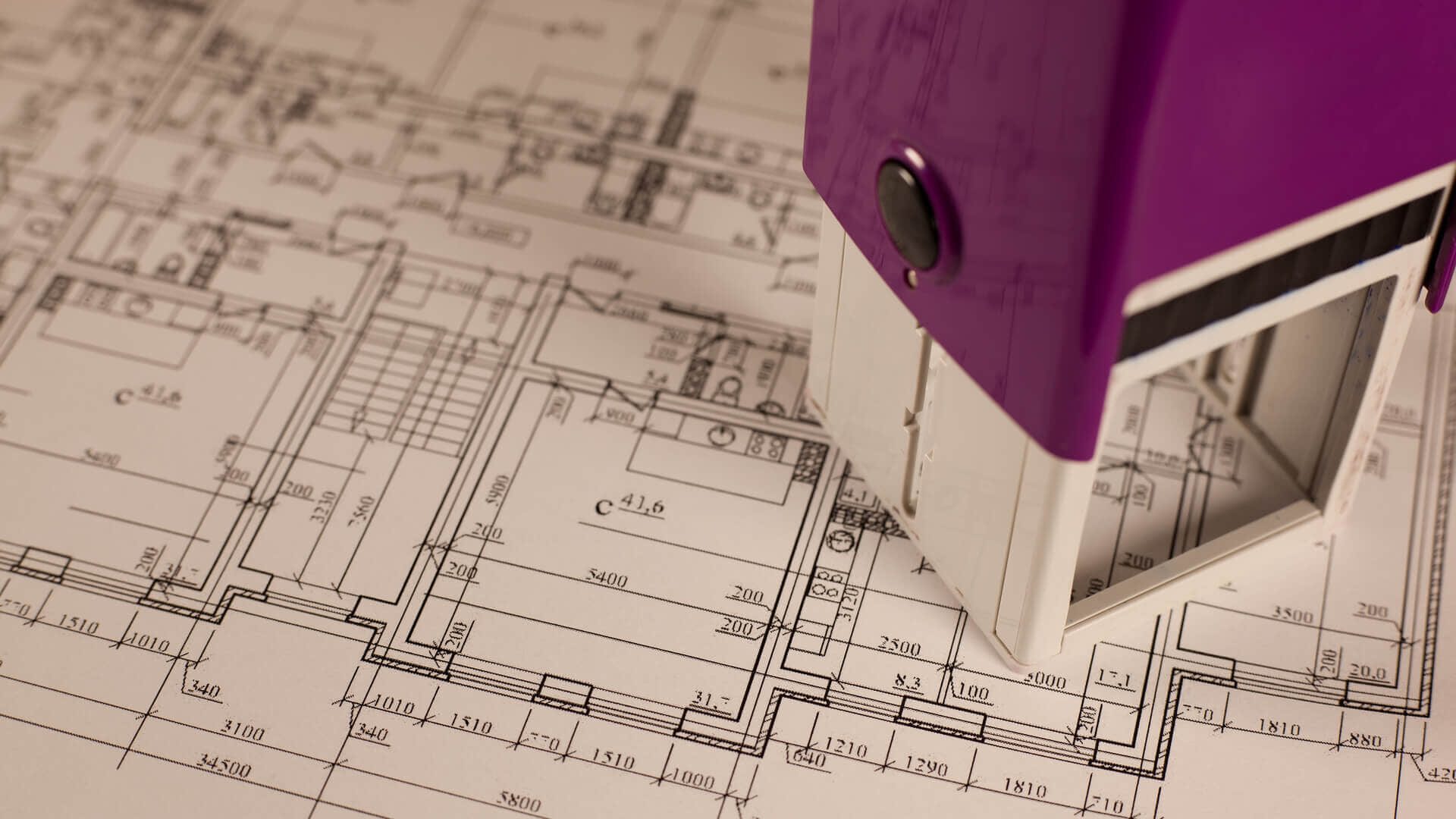Doing Some Harmless DIY? You Might Need A Permit!
Could your do-it-yourself (DIY) projects land you in trouble? The answer might be yes if you don’t do your research first. Many homeowners and DIY enthusiasts fail to realize the work they’re doing requires a permit. Often, even simple tasks such as fencing and heating system repairs need a permit to be pulled first.
This may seem like an inconvenience, but the permit system is designed to keep people safe, both now and in the future. Failure to pull a permit when it is required can lead to expensive repercussions later, especially when you try to sell your home.
So, how is the responsible homeowner to know whether their DIY project requires a permit? While it is true that the rules vary between states, there are some DIY projects which are certain to require permitting, no matter where you live. In this article (and in this week’s episode of the How to Home Podcast we look into the reasons behind permits and whether or not one is required for your planned DIY projects.
Why Do Some DIY Projects Require Permits?

No matter what type of DIY or home renovation project you are undertaking, the first priority should be your safety as well as the safety of your family and any future occupants of the property. It is for this reason that a permitting system was brought into place, as it protects people from shoddy workmanship that can lead to serious injury or death.
Electrical wiring which is carried out incorrectly can cause deadly shocks or devastating house fires; faulty structural work may lead to building collapse; and inadequate plumbing could lead to flooding and serious water damage. Therefore, any projects which involve this type of dangerous work are regulated by a permit system to keep you and your community safe.
Furthermore, once permits have been granted, they are kept on public state record so that the history of changes and upgrades to a building are clear for all to see. This proves that work undertaken has met the requirements laid out by the building code, which becomes especially important when homeowners wish to sell their properties.
DIY Projects That Require a Permit
Permit requirements vary across states, but in general terms, the below projects will likely require them:
Fencing Repair or Installation
If you are planning to erect a new fence or make repairs to an existing one, you should check with your local permitting office first. Fences may seem like a pretty tame project, but many states have height restrictions in place which must be adhered to. If you go ahead without checking the permitting rules, you could find yourself having to pull your fence down.
New Windows
If you wish to replace your windows with larger ones, you will require a permit to cut bigger holes in order to fit them. The same applies if you are wishing to install or change skylights and even if you are fitting a new door which will have a window in it. In these circumstances, you will probably need to contact a window fitting contractor who will be able to go through the process of acquiring the permit for you.

Plumbing, Gas or Electrical Work
Plumbing and electrical work can be a very risky business, so you probably shouldn’t attempt this unless you really know what you’re doing. Either way, this type of work is almost certain to require a permit, especially if it involves the installation or repair of wiring or pipework.
Structural Change
It should be obvious, but any DIY project which involves structural changes will require a permit. This kind of work can seriously affect the integrity of your property if it isn’t done correctly. Any changes to foundations, balconies, load-bearing walls, and porches will come under this category.

Heating and Air Conditioning
Changes to your household heating and ventilation systems will require a permit. This includes installation, repairs, upgrades or replacements to water heaters, fireplaces, wood burners, HVAC, and air ducts.
New Constructions and Remodels
Any new construction, expansion of your property, or work undertaken on the sidewalk or driveway will need a permit. This includes sheds, cabins, habitable tree houses, garages, and platforms.
Roofing
If you are changing any of the structural components of your roof, you will need a permit. This includes changing the roof pitch, sheathing, laying material which weighs more than 10 pounds per square foot, and installing skylights, to name a few.
DIY Projects Typically Not Requiring a Permit
There are many small DIY projects which are simple enough that you don’t need to pull a permit. As previously mentioned, though, the rules and regulations vary across states, so you should still check any work with your city first.
Below is a quick summary of DIY projects that are unlikely to require permitting:
| Roof | If you lay a new roof with similar materials to those previously in place, you usually won’t need a permit. |
| Flooring | Laying new flooring, such as carpet, hardwood, vinyl or laminate doesn’t require a permit. |
| Plumbing | Replacing a sink, shower unit, or faucets is unlikely to require a permit. |
| Painting | Any kind of indoor or outdoor painting will not need a permit. |
| Bathroom & Kitchen | If you are replacing your kitchen countertops, closets, bathroom fixtures, floor or wall tiles, you won’t need a permit. This doesn’t include toilets or any plumbing changes. |
| Fences and Walls | Erecting fences below 6 feet in height are usually permissible without a permit, although this may vary across states. Retaining walls less than 4 feet in height don’t usually require a permit. |
| Decking | If you are replacing the surface of your decking, but not making changes to the structural support material, this shouldn’t require a permit. If you are installing new decking at less than 30 inches high, this will not require a permit. |
| Electrical | Small-scale electrical work, such as replacing an electrical outlet, light fitting, or circuit breaker, doesn’t generally require a permit. |
| Appliances | Replacing your appliances in the same place as they were previously is ok, so long as you are not interfering with the existing plumbing, gas, or electrical systems. |
How Can I Find Out If My DIY Project Needs A Permit?

The best way to find out if your DIY project needs a permit is to ask! Your local city office is responsible for the handling of these matters and will be helpful should you have any questions. You can explain your proposed work and receive the latest advice as to whether or not a permit is required in your case. You can also pull records regarding your home if necessary.
If you live some distance from your local office, simply giving them a call is a great way to get a heads up on your particular situation before proceeding further. Officials will be very accustomed to people calling in with questions about permits and building codes.
Depending on how big your proposed project is, a city official may wish to inspect the work site and look at any plans you have already had drawn up. If your project is ambitious and will take some time to complete, you may need to grant access to inspectors at multiple stages during your work.
If you are still unsure about whether you need a permit, the best course of action is to hire a professional to deal with this for you. Professionals are very experienced in the permitting rules and regulations for your locality, so they will be able to easily determine if your proposed DIY project is likely to need one.
If you decide to use a contractor, in most cases, your contractor will get the permit for you. Because they will have gone through the process many times before, professionals will know exactly what forms need to be filled in and which type of permit is required.
Using a professional is almost always a quicker and more efficient way to get your permit than going it alone.
Risks of Skipping a Required Permit

If you decide to try and avoid getting a permit where one is required, the consequences will come back to haunt you later. This is especially true if you wish to sell or refinance your home in the future.
City inspectors may conduct drive-bys, or nosey neighbors may report to the authorities, leading to the homeowner receiving a hefty fine and being ordered to stop work until the permits are in place. Even if you aren’t caught in the act, unpermitted DIY work which involves electrical systems, gas, plumbing, or structural changes often leads to damage that will ultimately need to be re-done by a professional at additional expense.
If you are selling your home, having non-permitted work present is a sure-fire way to put off buyers. You will probably find it very difficult to sell your property without making the situation right first. This could involve paying a fine, or worse, having to tear down your unpermitted changes and return your property to its previous state.
No matter how you look at it, choosing not to pull a permit when it is required will eventually cost you much more than the price of an application at the outset.
Final Thoughts
If you are a DIY enthusiast who likes to get their hands dirty, you should ensure you are doing your research into necessary permits before pulling out the toolbox. Getting projects done yourself without seeking the services of a contractor is a great way to save money, but it shouldn’t be at the expense of you and your family’s safety and future security.
There are many simple DIY projects which require permitting that can be easily overlooked by well-meaning homeowners, and failure to pull permits when they are necessary may cause you serious problems in the future, especially if you are hoping to sell your home. Finding out whether or not you need a permit for your next project doesn’t need to be difficult. A simple phone call to your local city office should be enough to answer your questions and put your mind at rest.




